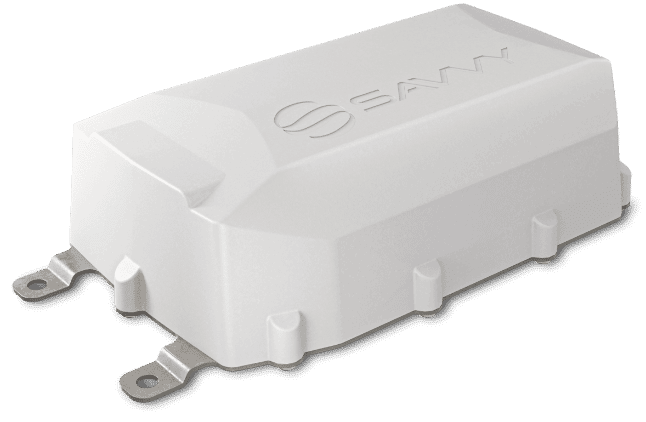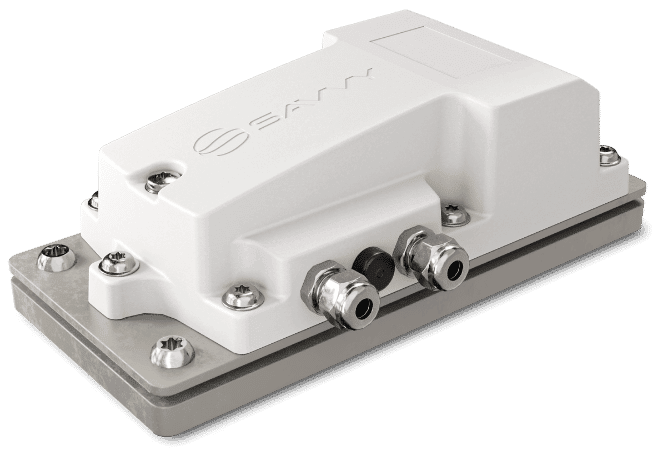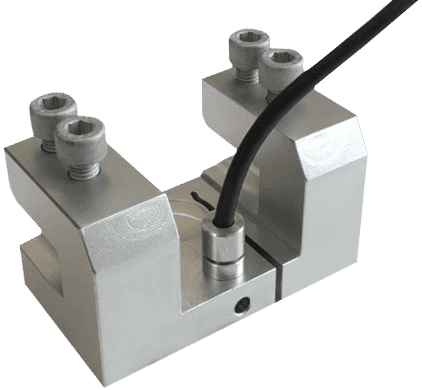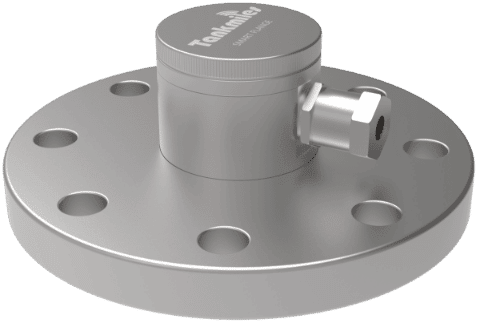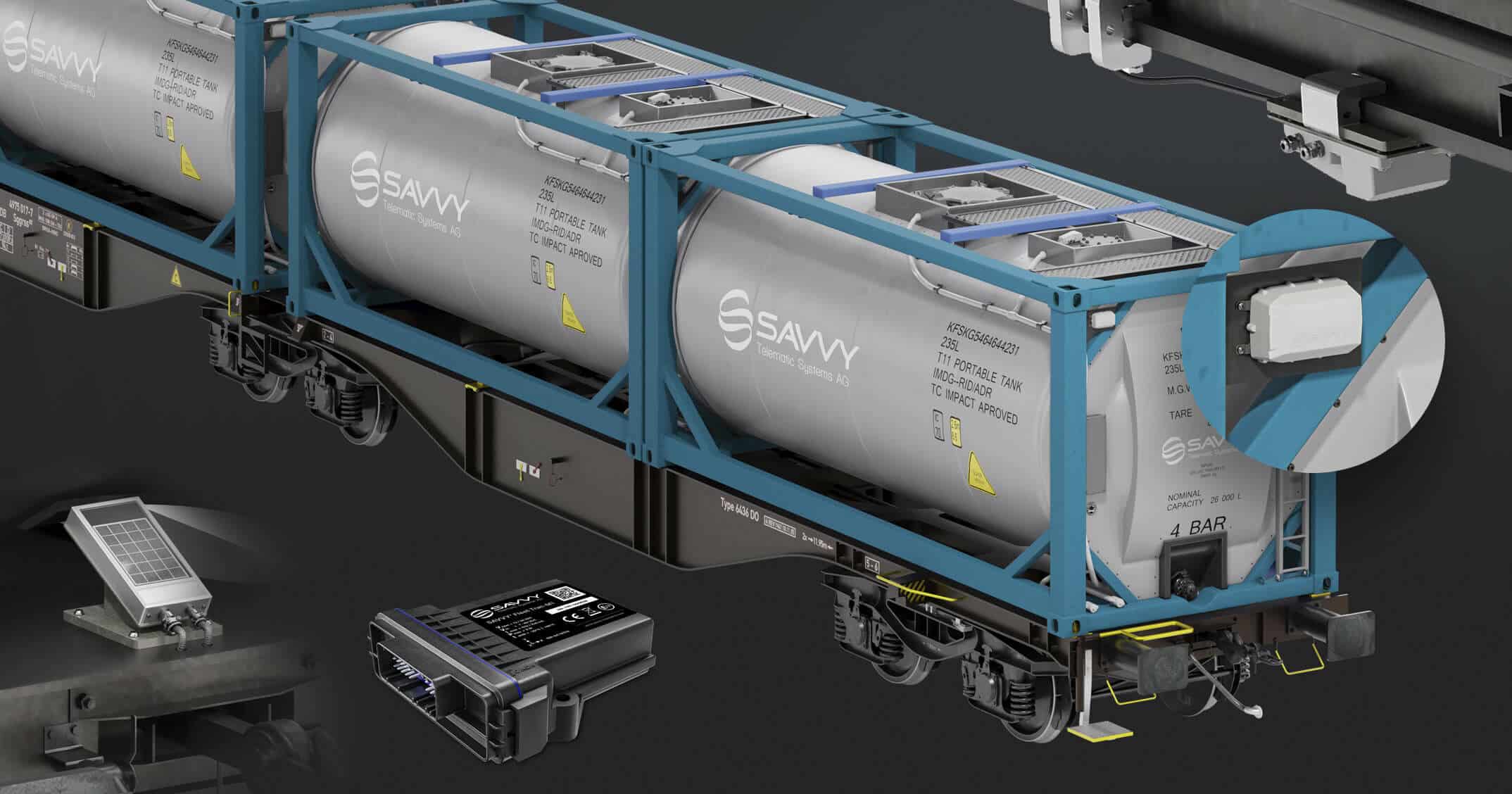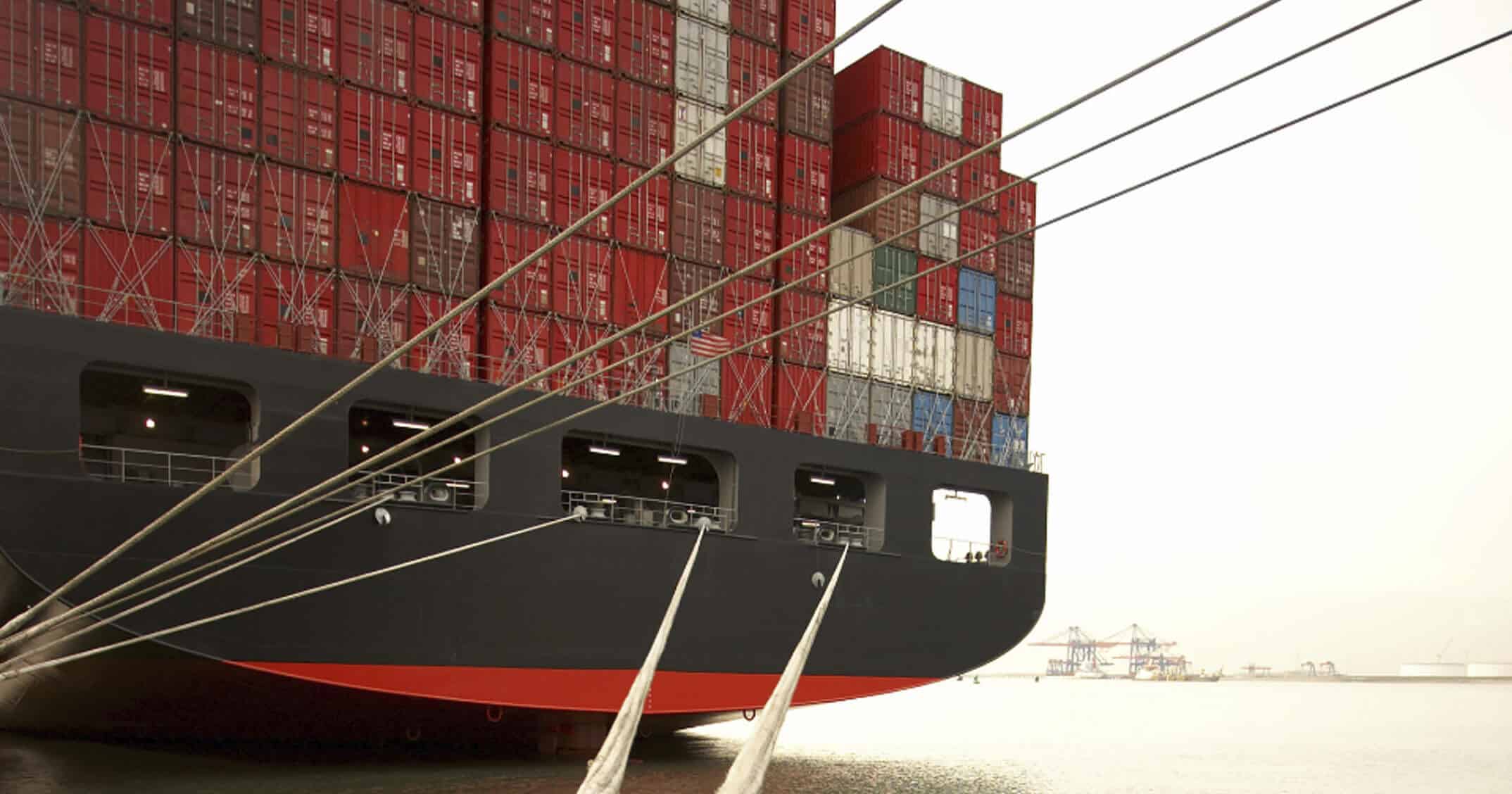
SAVVY® sorgt für ein umfassendes Bild des Transports, der Fracht und der Container – auch bei Gefahrguttransporten.
The use of telematics is not unknown in container logistics. Its use and scope of application is limited however. This is due to lack of technological maturity, practicality and an unattractive cost/benefit ratio. A lot of systems are not modular or vendor-independent enough to create value beyond their actual application. Modern telematics and/or M2M technology do not have these limits. This technology can be connected to all types of carriers and containers as required, thereby creating comprehensive optimisation opportunities for container logistics.
Example: transparent process chain
GPS and the Russian navigation system, GLONASS, make it possible to track and trace freight and tank containers on roads, on rails and at sea in realtime. Uninterrupted positioning naturally helps transport companies control their processes. In a supply chain that includes the manufacturer, the shipper and the customer, everybody benefits from positioning data. Current shipping and delivery status become transparent.
Knowing the exact delivery date as well as any delays or breakdowns makes it possible to adjust the production process and external material flows in collaboration with manufacturers and shippers exactly as needed. New services and synergies are possible. In addition, containers can be continuously monitored. If any leave the specified location or route, an alarm is set off. Automatic stock control reduces the risk of loss or theft.
Circulation optimisation and other services
Locating positions is not everything. Internal sensors in the telematics hardware and standard industrial sensors can record more data: loading status, pressure, temperature, mileage and so on. Together, all of this data provides a comprehensive overview of the transports, the freight and the containers. Based on this data and using business intelligence solutions, it is possible on the one hand to analyse container circulation to determine optimisation opportunities and make realistic business trend prognoses.
On the other hand, a large number of data-driven processes such as freight and quality documentation, temperature-controlled transport management, yard management and classification systems like first in – first out can be simplified and automated. Maintenance and repair processes can be improved by recording mileage and possible damage through shock detectors.
Gefahrguttransporte profitieren ebenso
Dieses Konzept lässt sich ebenso auf Gefahrguttransporte ausdehnen. Container ausgerüstet mit explosionsgeschützten Telematiksystemen wie dem SAVVY® CargoTrac-EX können dann auch Tank- und Chemielager anfahren. So profitieren Betreiber von Tankcontainern und Kesselwagen von denselben Optimierungspotenzialen beim Yard Management, der Umlaufüberwachung oder dem Flottenmanagement. Sie können Vorschriften bei der Zusammenlagerung von Gefahrgütern einfacher umsetzen und durch das kontinuierliche Monitoring der Containerzustände Risiken minimieren.
Hazardous goods transports also benefit
This concept can be expanded to include hazardous goods transports. Containers equipped with explosion-proof telematics systems like the SAVVY® CargoTrac-EX can be driven to and from tank and chemical storage areas. This means tank container and tank wagon operators also have the opportunity to optimise their yard management, circulation monitoring or fleet management. They can more easily comply with regulations when they store hazardous goods in one place and minimise risks by continuously monitoring container status.
In sum, all stakeholders in container logistics with intelligent high-performance telematics such as the products developed for example by SAVVY® Telematic Systems AG, have an optimisation system at their disposal that can be used predominantly in one area or across the board and can cover all aspects of the transport chain. Synergies, customisation options and vendor independence further increase the benefits, thereby enabling outstanding increases in productivity that are also highly cost effective.
Press contact of SAVVY® Telematic Systems AG
 Aida Kaeser
Co-Founder & CEO
Aida Kaeser
Co-Founder & CEO




